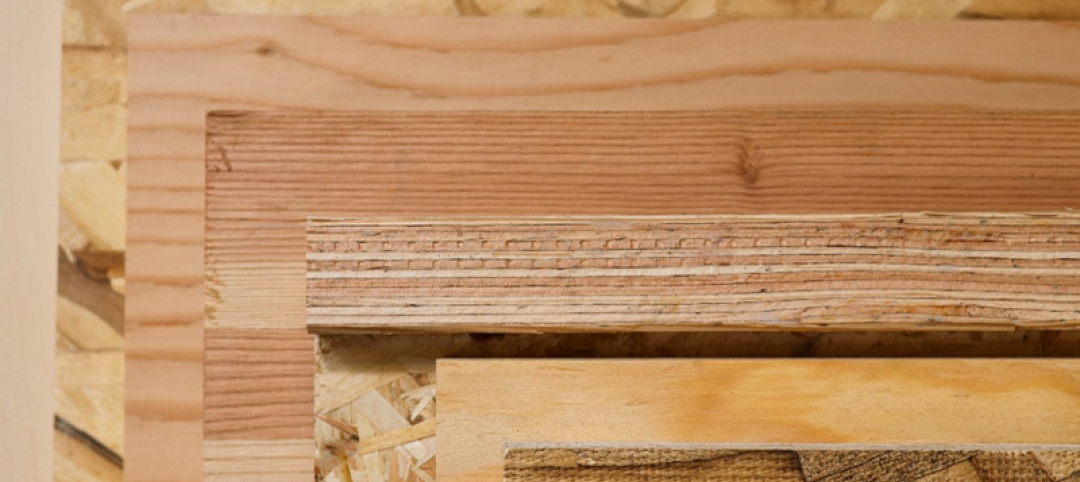Now that Airbnb has rattled the hotel industry, is it only a matter of time before it offers customers longer-term rental options?
The influential West Coast consultant John Burns Real Estate Consulting recently told its newsletter subscribers that it “senses a trend developing” where Airbnb—which is on pace to book 80 million nights in 2015—has its expansion eyes set on becoming part of the apartment market.
The consultant recently conducted an apartment feasibility study for a proposed new building whose developer might include some units devoted to Airbnb users. John Burns suggests that other apartment developers could consider setting aside some units “as a kind of Airbnb rental pool to maximize revenue and market flexibility,” especially when apartment market conditions are soft.
“The key will be having a location that can tap into the burgeoning Airbnb user stream,” the consultant writes.
It remains to be seen whether what Burns has spotted turns out to be a trend or an anecdote. But there’s no denying that since 2008, when it was founded, San Francisco-based Airbnb has become a juggernaut, with listings in more than 34,000 cities and 190 countries. Investors value the company at around $24 billion, according to the New York Times.
The company has also proven itself to be a savvy defender against critics who feel threatened by its growing popularity and insist that its business model unfairly skews the affordable housing market or skirts regulations and taxes enforced on other forms of hospitality.
Airbnb spent heavily last year to defeat a law in San Francisco that would have limited its services there. As proof that it wasn’t materially affecting housing affordability by turning homes into short-term rentals, Airbnb recently wheeled out a report that claimed nearly 80% of its listings in Sealtle are rented less than 90 days a year.
Crain’s New York Business reports that Airbnb has been lobbying New York lawmakers to change rules that limit the number of days an owner or renter in New York City can lease or sublease a home or apartment to under 29 days. Airbnb claims it removed more than 2,000 listings in 2014 after New York State’s attorney general, Eric T. Schneiderman, filed an affidavit that alleged that two-thirds of the apartments listed in the city were illegal sublets.
According to data the company recently made public about its network in New York City, as of Nov. 17, 2015 there were slightly under 36,000 listings on its platform, and the median number of nights booked per listing in the previous year was 42.
Its New York City data also show that hosts there earn a median of $5,110 per year from renting their apartments or homes to visitors. Airbnb characterizes these earnings as “an economic lifeline for families.” The company data show that 72% of its hosts in New York say they depend on this income to stay in their homes.
Related Stories
Cladding and Facade Systems | Sep 22, 2023
5 building façade products for your next multifamily project
A building's façade acts as a first impression of the contents within. For the multifamily sector, they have the potential to draw in tenants on aesthetics alone.
Sponsored | Multifamily Housing | Sep 21, 2023
5 Helpful Resources for Designing & Building with Engineered Wood
From in-depth, technical publications with detailed illustrations and examples to in-person consultations with engineered wood specialists, APA offers a host of helpful resources for commercial designers and installers working with engineered wood.
MFPRO+ Blog | Sep 21, 2023
The benefits of strategic multifamily housing repositioning
With the rapid increase in new multifamily housing developments, owners of existing assets face increasing competition. As their assets age and the number of new developments increases seemingly day-by-day, developers will inevitably have to find a way to stay relevant.
Mixed-Use | Sep 20, 2023
Tampa Bay Rays, Hines finalize deal for a stadium-anchored multiuse district in St. Petersburg, Fla.
The Tampa Bay Rays Major League Baseball team announced that it has reached an agreement with St. Petersburg and Pinellas County on a $6.5 billion, 86-acre mixed-use development that will include a new 30,000-seat ballpark and an array of office, housing, hotel, retail, and restaurant space totaling 8 million sf.
Engineers | Sep 15, 2023
NIST investigation of Champlain Towers South collapse indicates no sinkhole
Investigators from the National Institute of Standards and Technology (NIST) say they have found no evidence of underground voids on the site of the Champlain Towers South collapse, according to a new NIST report. The team of investigators have studied the site’s subsurface conditions to determine if sinkholes or excessive settling of the pile foundations might have caused the collapse.
MFPRO+ Research | Sep 11, 2023
Conversions of multifamily dwellings to ‘mansions’ leading to dwindling affordable stock
Small multifamily homes have historically provided inexpensive housing for renters and buyers, but developers have converted many of them in recent decades into larger, single-family units. This has worsened the affordable housing crisis, say researchers.
Adaptive Reuse | Aug 31, 2023
New York City creates team to accelerate office-to-residential conversions
New York City has a new Office Conversion Accelerator Team that provides a single point of contact within city government to help speed adaptive reuse projects. Projects that create 50 or more housing units from office buildings are eligible for this new program.
Multifamily Housing | Aug 24, 2023
A multifamily design for multigenerational living
KTGY’s Family Flat concept showcases the benefits of multigenerational living through a multifamily design lens.
Multifamily Housing | Aug 23, 2023
Constructing multifamily housing buildings to Passive House standards can be done at cost parity
All-electric multi-family Passive House projects can be built at the same cost or close to the same cost as conventionally designed buildings, according to a report by the Passive House Network. The report included a survey of 45 multi-family Passive House buildings in New York and Massachusetts in recent years.

















